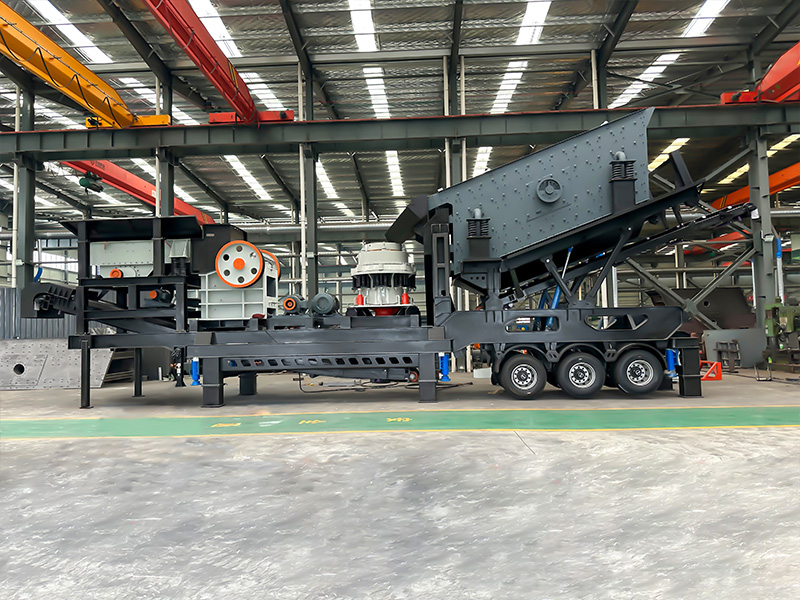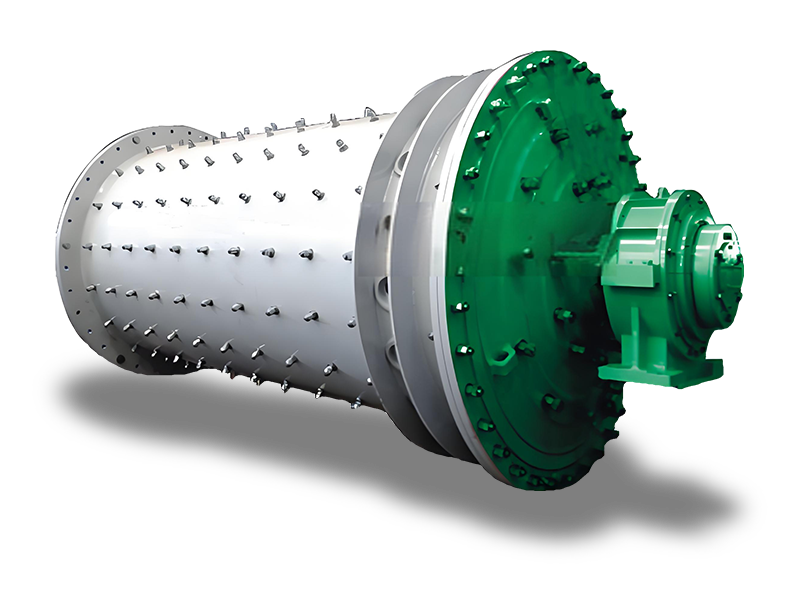Crushing and Screening Systems Market size was valued at USD 3.36 Bn 2023 and the total revenue is expected to grow at 7.6% through 2024 to 2030, reaching nearly USD 5.61 Bn.
Crushing and Screening Systems Market Overview:
Crushers are machines that break down rocks, stones, and ore into smaller pieces. They are frequently used in the manufacturing of aggregates, the recycling of construction materials, and mining operations. Heavy-duty machinery or major size reduction equipment, such as crushers and screeners, are used to crush and process stones and minerals. Crusher and screener systems are essentially stationary crushing and screening equipment that can be installed on a tracked platform or moved around on wheels. Crushing and screening systems are commonly found in the mechanical and metallurgical industries, where they are used to crush a variety of hard and soft materials. To manufacture aggregate, crushing and screening devices use a metal surface to break or compress mountains, huge stones, and rocks. The rocks are crushed by compressive force in these systems.
To know about the Research Methodology :- Request Free Sample Report
Crushing and Screening Systems Market Dynamics:
The factors that drive the growth of the crushing and screening systems market are construction and infrastructure projects in developed and developing countries are increasing, rising automation in the mining and construction industry, crushing and screening systems are increasingly being used in commercial and industrial applications such as construction, recycling, and mining, increasing urbanization as a result of population growth and improved living standards, and increased demand for crushing hard stones and materials including quartz, copper, and iron ore, as well as government investments in infrastructure. In rural areas, power shortages and poor road conditions pose issues for crushing and screening systems. During the forecast period, this is expected to hamper the market for crushing and screening systems. However, due to government actions to support infrastructural facilities, the impact of this restraint is projected to reduce with time. Crushing and screening systems use diesel as a fuel, resulting in carbon dioxide emissions and thereby increasing carbon footprints. As a result, market growth is expected to be hampered in the forecast period.
Crushing and Screening Systems Market Segment Analysis:
Based on the Product Type, the market is segmented into Crushers and Screeners. The Crushers is further segmented into Jaw Crusher, Cone Crusher, Impact Crusher, and Others, whereas, the Screeners are further segmented into Vibrating Screening, Gyratory Screening, Scalper, Hi frequency Screen, Freeflow Screen, and Trommel. Crushers and Screeners segments are expected to hold the market share of xx% and xx% by 2030 respectively. Crushing equipment is mostly used to reduce the material size. These are frequently found in a factory or a material handling system. Mining, mineral processing, rock quarries, and recycling are just a few of the end-user industries that use crushing equipment. During the forecast period, the global crushing systems market is expected to be driven by an increase in the adoption and demand for jaw and cone crushers. Screening equipment is mostly used to separate finer grades of raw materials from crushers. Screening machinery is most commonly used in construction aggregates, mining, and mineral processing. Manufacturers of crushing and screening equipment are expecting increased sales due to increased demand for fixed and wheeled product lines. To fulfill the growing demand for stationary and wheeled units, manufacturers are developing various marketing strategies, followed by product offerings. These are the major factors that drive the growth of Crushers and Screeners in the global crushing and screening systems market in the forecast period. Based on Mobility, the market is segmented by Stationary, Portable (wheeled), and Mobile (tracked). The portable mobility segment is expected to hold the largest market share of xx% by 2030. Portable plants have been around for a long time, but only recently have they achieved their height. As portable plants take up very little space, they’re easy to transport and may be set up in a variety of ways to fit needs. Three different crushing machines (or three different stages) are included in portable crushers, each of which is responsible for a different function or characteristic. Jaw crushers are the major crushing equipment in portable crushing plants, and they’re well-known for their high quality, efficiency, and versatility. Even better, they’re built to be durable and work well in a variety of situations. Crushing, pre-screening, and even fine screening are all jobs that a portable crushing plant can undertake, making it extremely adaptable. Based on the Application, the market is segmented by Construction & Plant Modification, Mining, Foundries & Smelters, Stone Quarry, Material Recycling, and Others. Construction & Plant Modification segment is expected to hold the largest market share of xx% by 2030. The factors that drive the growth of the Construction & Plant Modification segment is increasing demand for Construction & Plant Modification projects in developed and developing countries. This is the major factor that drives the growth in the global market in the forecast period.
Regional Insights:
The North America dominates the Global Crushing and Screening Systems Market during the forecast period 2024-2030. North America is expected to hold the largest market shares of xx% by 2030. North America produces a billion tons of crushed stone each year and due to the increasing demand for crushing and screening systems in the United States, it is the major market in North America. Around 76 percent of crushed stone produced in the United States is used as construction material for road maintenance and construction. This is the key factor that drives the growth in North America in the global crushing and screening systems market in the forecast period. The Asia Pacific is expected to hold the 2nd largest market share of xx% by 2030. This is due to the increased exploration of mineral resources. Moreover, rising transportation infrastructure investment and construction & infrastructure activities, as well as increased government initiatives in the Asia Pacific, are expected to boost the region’s market in the forecast period. The objective of the report is to present a comprehensive analysis of the global Market to the stakeholders in the industry. The past and current status of the industry with the forecasted market size and trends are presented in the report with the analysis of complicated data in simple language. The report covers all the aspects of the industry with a dedicated study of key players that include market leaders, followers, and new entrants. PORTER, PESTEL analysis with the potential impact of micro-economic factors of the market have been presented in the report. External as well as internal factors that are supposed to affect the business positively or negatively have been analyzed, which will give a clear futuristic view of the industry to the decision-makers. The reports also helps in understanding the global Crushing and Screening Systems Market dynamic, structure by analyzing the market segments and project the global Crushing and Screening Systems Market size. Clear representation of competitive analysis of key players by product, price, financial position, product portfolio, growth strategies, and regional presence in the global Crushing and Screening Systems Market make the report investor’s guide.
Crushing and Screening Systems Market Scope: Inquire before buying
Crushing and Screening Systems Market, by Region
North America (United States, Canada and Mexico) Europe (UK, France, Germany, Italy, Spain, Sweden, Austria, Turkey, Russia and Rest of Europe) Asia Pacific (China, India, Japan, South Korea, Australia, ASEAN and Rest of APAC) Middle East and Africa (South Africa, GCC, Egypt, Nigeria and Rest of ME&A) South America (Brazil, Argentina, Columbia and Rest of South America)





































 +8615713843888
+8615713843888
 +8615713843888
+8615713843888